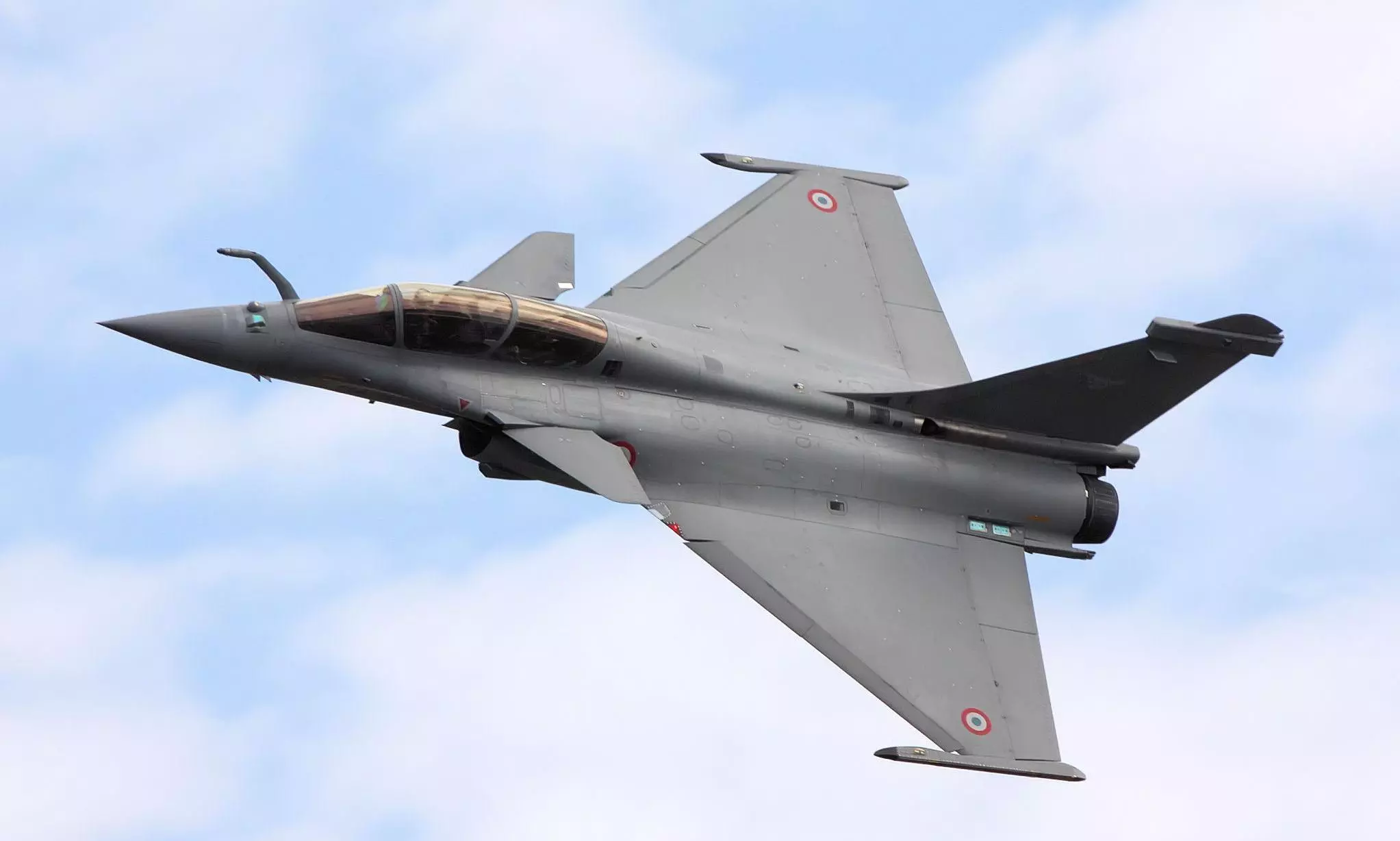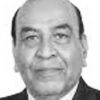Syed Ata Hasnain | Precision Strike Effective Way to Keep Pak in Check
All three armed forces hit terror hubs in Pakistan after Pahalgam attack killed 26 civilians

On Wednesday, May 7, the nation woke up to what it was expecting for quite some time, a surgical strike of a different kind; without crossing the borders anywhere, a technical strike with precision involving all three branches of the armed forces. After the gruesome terrorist attack in Pahalgam, public sentiment against Pakistan had risen sky high.
Although the government’s decisions taken during the meeting of the Cabinet Committee on Security (CCS) on April 23 were considered adequate in many ways, it was always perceived that the CCS created for the armed forces a window of opportunity in which to prepare and strike.
The strikes were well timed and effectively choreographed with a deception plan which was optimally played out and included the ongoing civil defence measures.
The optics put out on the electronic media during the fortnight preceding the strike also contributed to the overall effectiveness. Very importantly, the choice of the name for the operation conveys a lot. “Operation Sindoor” signifies revenge and retribution for the heinous act of the sponsored proxies in Pahalgam, in sending a large number of Hindu women to widowhood by the cold-blooded murder of their husbands, after religious profiling. The sindoor is symbolic of married Hindu women who colour the parting of the hair using the red vermillion powder which is removed when widowhood is attained.
Symbolism apart, this is a historic moment for many reasons. Prime Minister Narendra Modi has delivered his promise to the nation and the details deserve a professional analysis. It’s the first time that all three wings of the armed forces used their respective technological expertise and resources to deliver retribution on the agents of terror in a most effective way.
Apart from the physicality of the action it carried, there were several other issues involved here. I always had self-doubt on our capability to execute precision strikes on targets of choice. Both Muridke and Bahawalpur are inside built-up areas and it is always risky to undertake strikes against such locations for fear of civilian casualties; after all, India has qualms for human rights and human lives, unlike the Pakistan leadership and especially the “Deep State”. In 2016 and 2019 we desisted from targeting these locations but this time, given our advanced technological capability it was important to go just beyond strategic messaging and actually look towards delivering deterrence. Nine locations were selected with great care, both in PoJK and in Punjab, the heartland of Pakistan. Since the NIA has in its preliminary report clearly indicated the coterie of the Pakistan Army, the ISI and the Lashkar-e- Tayyaba, it was important that not just targets in PoK were chosen but in Punjab too. Muridke, the Lashkar headquarters, 40 km from Lahore; Bahawalpur, the Jaish HQ; and Sialkot (Mehmoona Joya camp, where the Pathankot attack was planned); were all struck through smart loiter munitions launched by different platforms from land, sea and air, with enough precision in order to avoid collateral damage. These are all facilities located close to prominent Pakistan Army stations, so the message of capability was not lost.
The locations in PoJK were chosen across a wide swathe of the frontage and based upon intelligence inputs. Many of these may have been vacated due to the expectation of a strike, but nevertheless the strike is valuable to the extent that we can always strike the next time without the trigger of an act, such as the Pahalgam attack. In that case, the surprise factor will be high and the effect even higher.
The damage assessment will tell us much, but to my mind it’s the action and not the effect that is important. This can be repeated at any time when there is suspicion of an impending terrorist action. What India has done is to establish a precedent for such action without a trigger. The important issue is that no Pakistan military facility or establishment has been targeted; that would have resulted in an immediate response and therefore the escalation would have been imminent. In the incumbent situation, escalation control has been factored in effectively and the options for the future have also been created.
Pakistan has in its very usual way responded with a slew of fake news as the Inter Service Public Relations (ISPR) wing wrestles with perception management of the effective precision strikes by India. A matching response is not possible as India has no terrorist bases which Pakistan could target. However, Pakistan has chosen to up the ante with the activation of the Line of Control in both the Kashmir and the Jammu sectors. For the last fortnight, there has been regular exchange of fire of small arms and other flat trajectory weapons in the Tangdhar, Uri, Poonch and Rajouri sectors. That has now been ratcheted to artillery and mortar fire with a large number of civilian casualties on our side, for which Pakistan has no regret. It is Pakistan’s way of expressing its frustration. What cannot be ruled out is a resort to another sub conventional action in J&K over the next few days to once again challenge India. That is because the extension of any sense of proportion and rationalism to Pakistan’s actions cannot be expected. If that were to happen, India should keep its arsenal dry for an immediate response, this time without awaiting any preparedness.
The international factor is of importance here. We have to bring international opinion on a focus towards the condemnation of Pakistan and declare it a state sponsoring trans-border terrorism. With the World Bank’s Financial Action Task Force (FATF) we had succeeded in calling out Pakistan; that campaign had effectively forced Pakistan’s hand to a limited extent. Pakistan needs to be placed on the “black list” of the FATF and its loans, etc, for which it aspires should be held back subject to its international behavior. India has probably accepted many advisories from the United States regarding escalation and rightly adhered to these. It’s now time to raise the issue with not only the US but also several other powers, including the influential Middle Eastern countries with whom India has a higher grade of relationship. The military response is only a one-time measure, although it sends a huge message, but the lasting effect will be of continuing diplomacy to bring Pakistan to be recognised internationally as a pariah state.
The writer, a retired lieutenant-general, is a former GOC of the Srinagar-based 15 (“Chinar”) Corps
